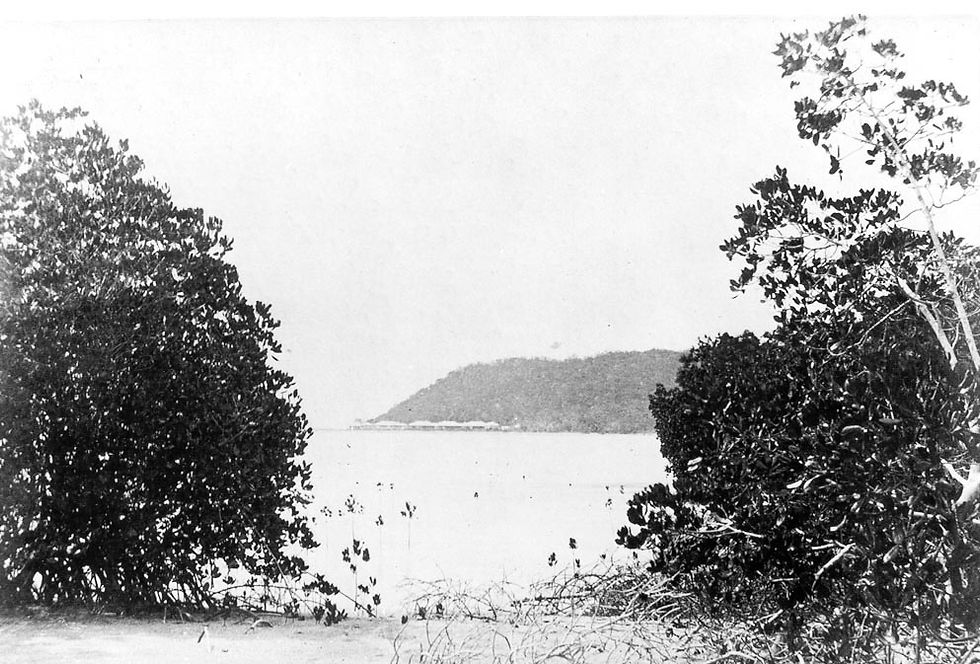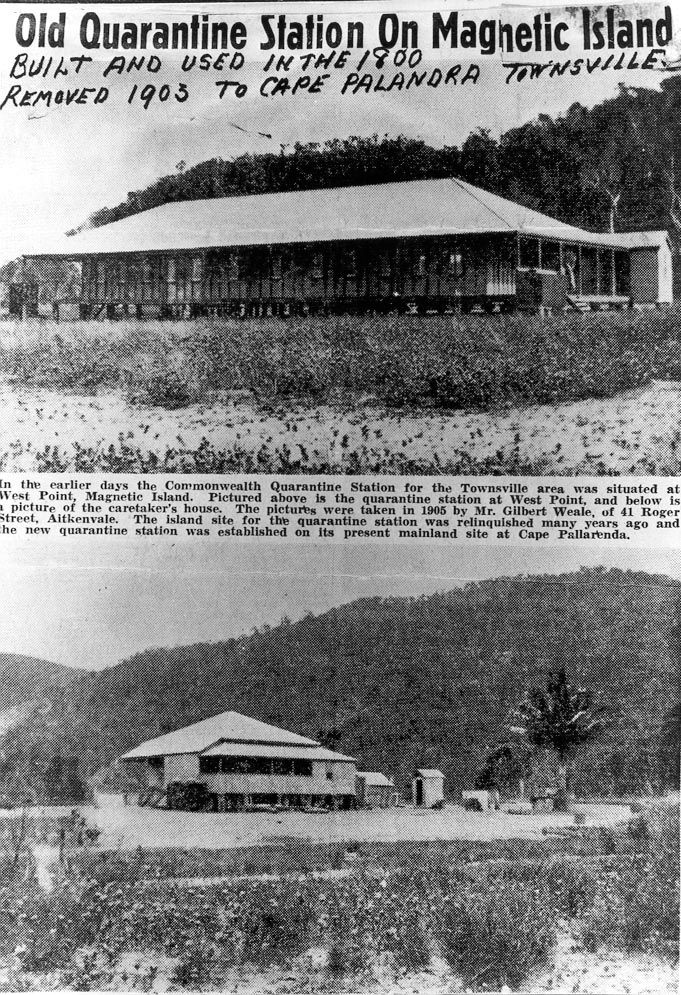The Quarantine Station at West Point: A Glimpse into Magnetic Island's Past
- info3015874
- Aug 15
- 2 min read
Uncover the history and significance of Magnetic Island's Quarantine Station at West Point.

Introduction
In the late 19th century, as maritime travel flourished, the need for quarantine facilities became paramount to prevent the spread of infectious diseases. Magnetic Island, located off the coast of Townsville in Queensland, Australia, was chosen as a strategic site for such a station. This article delves into the establishment, challenges, and eventual relocation of the Quarantine Station at West Point, shedding light on a significant chapter of the island's history.
Establishment of the Quarantine Station
In 1875, the Queensland Government designated Magnetic Island as a quarantine area. However, it wasn't until 1884 that a permanent station was established at West Point. This decision was influenced by the Queensland Health Act and growing concerns about the adequacy of existing quarantine accommodations. Colonial Architect John James Clark was commissioned to design the facility, and by March 1885, the site was officially gazetted for quarantine purposes.

Construction and Facilities
Construction commenced in 1884, with local builders Lesser and Sparre completing key structures by mid-1885. The station featured a hospital, separate quarters for men, women, and married couples, and a store. Between 1886 and 1888, additional buildings, including a caretaker’s cottage, surgeon’s quarters, a combined wash-house and kitchen, and a luggage shed, were added. The total construction cost exceeded £15,000.
Challenges and Relocation
Despite its strategic location, the West Point Quarantine Station faced several challenges:
Accessibility: The station's distance from the port and the difficulty of landing patients and supplies made operations cumbersome.
Water Scarcity: A lack of reliable freshwater sources posed significant challenges for both patients and staff.
Cyclone Damage: Severe cyclones, notably Sigma in 1896 and Leonta in 1903, caused extensive damage to the facilities.
These issues prompted the government to consider alternative sites. By 1915, the decision was made to relocate the station to Cape Pallarenda on the mainland. Over seven months, buildings at West Point were dismantled, and materials were transported by barge to the new site. The Cape Pallarenda Quarantine Station became operational by 1917.

Legacy of the West Point Quarantine Station
Today, little remains of the original Quarantine Station at West Point. However, its legacy is integral to the history of Magnetic Island and Queensland's public health initiatives. The station played a crucial role in safeguarding the region from potential epidemics during a time when maritime quarantine was essential.
Key Takeaways
The Quarantine Station at West Point was established in 1884 to prevent the spread of infectious diseases via maritime travel.
Challenges such as accessibility, water scarcity, and cyclone damage led to its relocation to Cape Pallarenda in 1915.
The station's history underscores the importance of quarantine measures in public health during the late 19th and early 20th centuries.
Understanding the history of the Quarantine Station at West Point offers valuable insights into the early public health strategies employed in Queensland and the resilience of communities in adapting to environmental challenges.
Sources



Comments